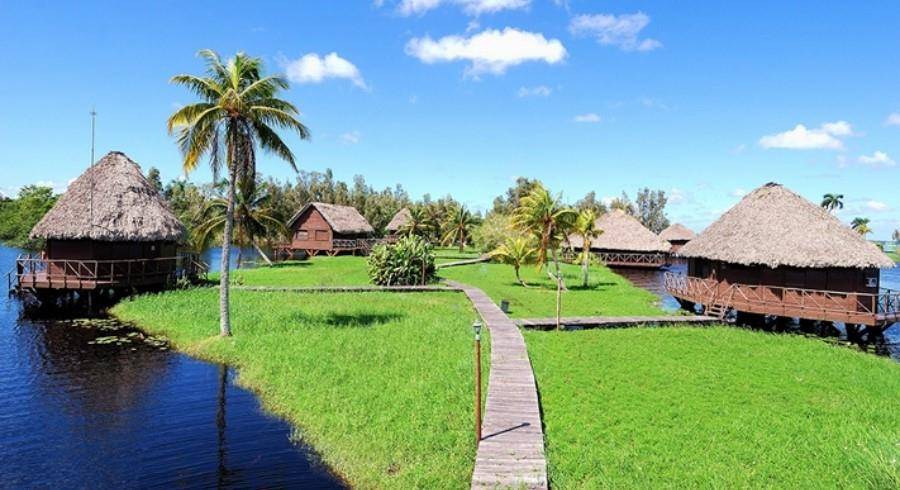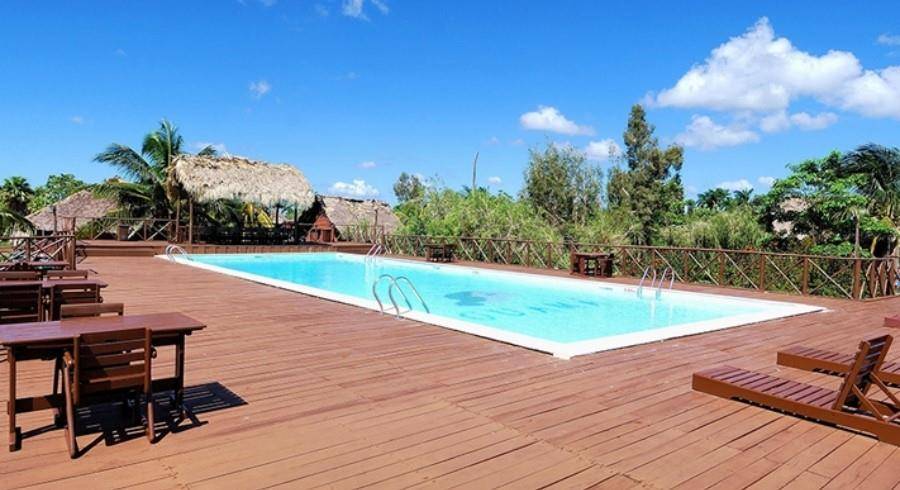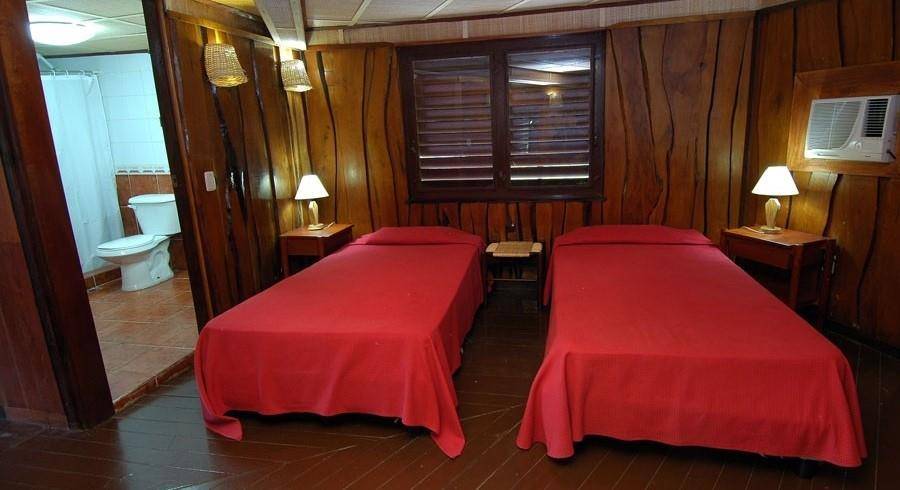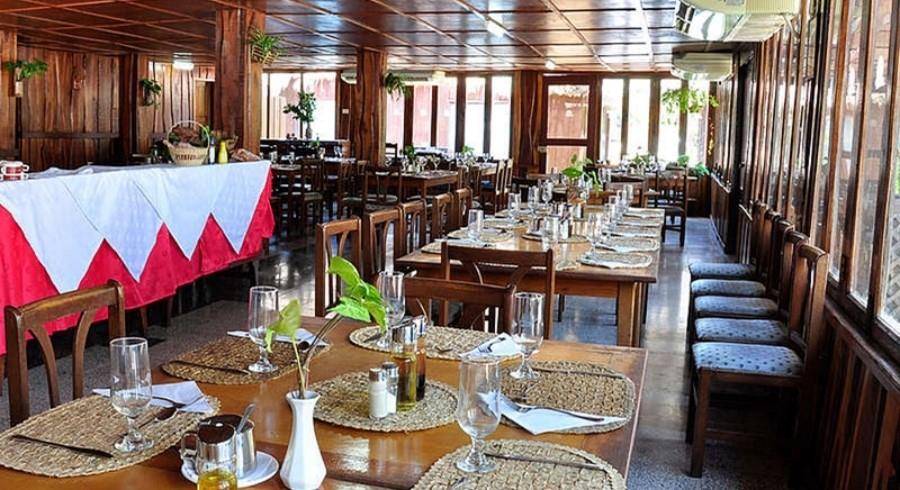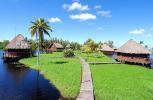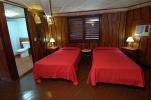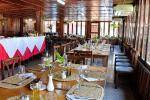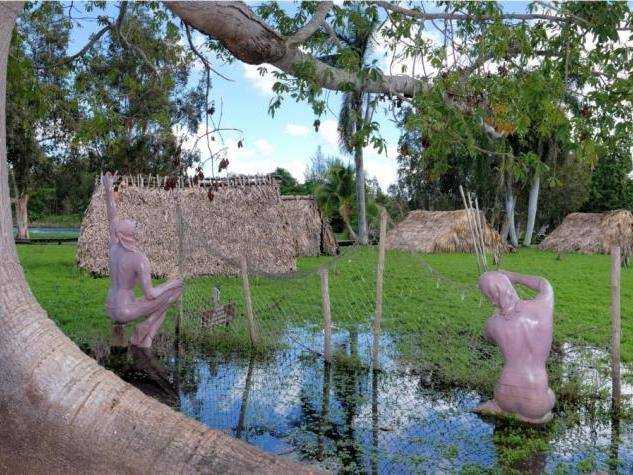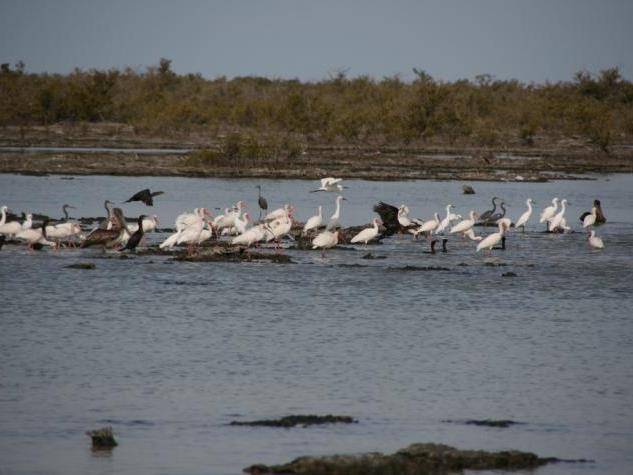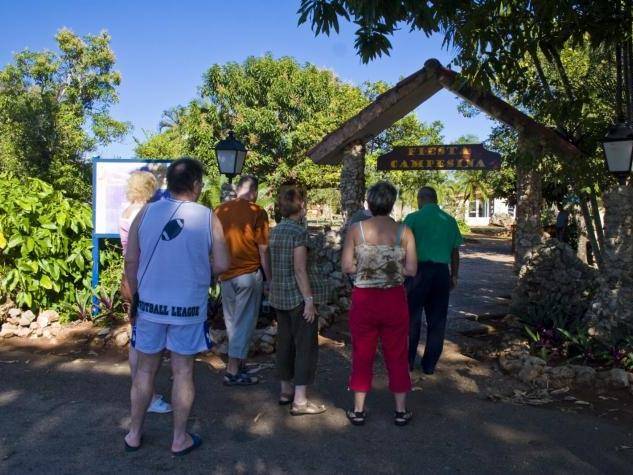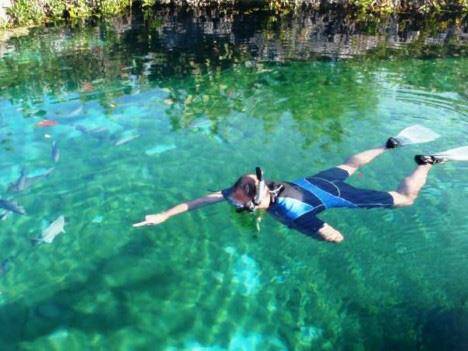
Caleta Buena
In the Zapata Peninsula, the sea has formed a series of natural pools by entering through underwater caves, creating the largest flooded cavern in Cuba. It has large colonies of different kinds of coral, plus a great variety of yellow-, violet- and orange-colored barrel-, tube-, basket-and cup-shaped sponges. In addition, there are many kinds of marine plants, large gorgonians and many tropical fish. Experienced, well-equipped divers can follow a 25-meter (83-foot) tunnel through the limestone leading out to the sea. There's no need for boats as the dive area is close. Night dives can also be arranged. The on-site restaurant is open until 5 and specializes in shrimp and lobster.

